Alpské lyžování je zimní sport, který si získal srdce fanoušků zimních sportů jako žádný jiný. Carving na upravené sjezdovce, zdolávání vln, nebo klouzání hlubokým prašanem – je v tom něco, co je těžké překonat. V průběhu let se vybavení vyvíjelo, což pomáhá lyžařům zdokonalovat techniky a zlepšovat celkový zážitek. Jedním z trendů, který získává pozornost, je používání krátkých alpských lyží.
Co je alpské lyžování?
Alpské lyžování, často nazývané sjezdové lyžování, zahrnuje sjíždění zasněžených kopců na lyžích s pevnými vázáními na patě. Na rozdíl od běžeckého lyžování, kde je pata boty volná, alpské lyže pevně drží boty na místě, což poskytuje větší kontrolu a stabilitu při sjíždění strmých svahů.
Alpské lyžování má různé podoby, od upravených sjezdovek v areálech až po volný terén mimo sjezdovky. Hlavním cílem alpského lyžování je sjet z kopce pomocí různých zatáček, technik a strategií podle typu sněhu a terénu. Ať už jste začátečník, který se učí lyžovat paralelně, nebo expert, alpské lyžování nabízí nekonečnou zábavu a výzvy.
Běžné techniky v alpském lyžování
Alpské lyžování není jen o tom, ukázat lyže dolů a doufat v nejlepší. Je to umění, které zahrnuje zvládnutí specifických technik pro pohyb v různém terénu a sněhových podmínkách. Zde jsou některé z nejběžnějších technik alpského lyžování:
1. Snowplow nebo Pizza
Snowplow je často první technikou, kterou se začátečníci učí. Spočívá v nasměrování špiček lyží k sobě do tvaru "pizzy", zatímco paty jsou od sebe. To vytváří tření se sněhem a pomáhá zpomalit nebo zastavit lyžaře. Je to užitečná technika pro získání sebevědomí při prvních krůčcích.
2. Paralelní zatáčky
Jakmile zvládnete snowplow, dalším krokem jsou paralelní zatáčky. Při této technice zůstávají lyže lyžaře během zatáčky paralelní, což umožňuje plynulejší, rychlejší a lépe kontrolované lyžování. Paralelní zatáčky tvoří základ pro pokročilejší techniky.
3. Carving
Carving je pokročilá technika, kdy jsou lyže během zatáčky nakloněny na hrany, prořezávají sníh a vytvářejí hladkou, obloukovou trajektorii. Tato metoda umožňuje lyžařům udržet rychlost a zároveň mít kontrolu, což ji činí oblíbenou pro ty, kteří rádi jezdí rychle na upravených sjezdovkách.
4. Bouličky
Lyžování v boulích zahrnuje proplétání se sérií malých, vyvýšených boulí na svahu. Tato technika vyžaduje rychlé, krátké zatáčky a dobrou kontrolu, stejně jako velkou koncentraci. Je to vzrušující výzva pro středně pokročilé a pokročilé lyžaře.
5. Lyžování v prašanu
Lyžování v prašanu je o plavání na povrchu měkkého, hlubokého sněhu. Lyžaři musí mírně posunout váhu dozadu a použít širší postoj, aby zůstali vyvážení a měli kontrolu v těchto podmínkách. Je to jeden z nejoblíbenějších zážitků v alpském lyžování, poskytující hladký, téměř beztížný pocit.
Co jsou alpské lyže?
Alpské lyže jsou vybavení, které vám umožňuje provádět tyto techniky a užívat si alpské lyžování. Jsou speciálně navrženy pro sjezdové lyžování, s vázáními, která pevně připevňují lyžařské boty k lyžím. Tyto lyže jsou k dispozici v různých délkách a šířkách, každá vhodná pro různé typy lyžování a terén.
Obecně jsou alpské lyže navrženy tak, aby zvládaly síly carvingových zatáček, absorbovaly nárazy z boulí a plavaly v prašanu. Jejich konstrukce často zahrnuje kombinaci dřeva, kovu a kompozitních materiálů, aby poskytly správnou rovnováhu tuhosti a flexibility. Moderní lyže také disponují rocker a camber profily, které ovlivňují, jak lyže reagují se sněhem.
Jak vysoké by měly být alpské lyže?
1. Zlepšená obratnost
Krátké lyže jsou přirozeně obratnější než jejich delší protějšky. Protože je méně délky na kmitání, je snazší dělat rychlé zatáčky a proplétat se úzkými prostory jako jsou stromy, boule nebo přeplněné svahy. Tato obratnost činí krátké lyže zvláště užitečné pro začátečníky, kteří se učí zatáčet, a pro pokročilejší lyžaře, kteří chtějí zlepšit svou technickou přesnost.
2. Snazší ovládání
Jednou z největších výhod krátkých lyží je zvýšená kontrola, kterou nabízejí. Pro začínající lyžaře nebo ty, kteří zdokonalují své techniky, jsou krátké lyže snazší na ovládání. Reagují rychleji na pohyby a umožňují větší jistotu při učení carvingu nebo paralelního lyžování. Kratší lyže také usnadňují zotavení z chyb, čímž snižují šanci na zachycení hrany nebo ztrátu rovnováhy.
3. Všestrannost napříč terénem
Zatímco delší lyže jsou často preferovány pro carving vysokou rychlostí na upravených sjezdovkách, krátké lyže vynikají v různých podmínkách. Jsou obzvláště vhodné na muldy, úzké průjezdy mezi stromy a dokonce i občasné výlety do terénního parku. Jejich všestrannost je činí skvělou volbou pro all-mountain lyžaře, kteří rádi objevují různé části střediska.
4. Energetická účinnost
Protože krátké lyže jsou lehčí a vyžadují méně úsilí k ovládání, lyžaři mohou během dne ušetřit energii. To je zvláště výhodné pro začátečníky nebo pro lyžaře, kteří tráví na horách dlouhé dny. Méně energie vynaložené na zatáčení a kontrolu lyží znamená, že si můžete užít delší lyžařské seance bez rychlé únavy.
5. Přístupnost pro všechny úrovně dovedností
Dalším přesvědčivým důvodem, proč zvážit krátké alpské lyže, je jejich přístupnost pro širokou škálu úrovní dovedností. I když jsou často doporučovány začátečníkům díky snadnému použití, krátké lyže mohou být také zábavou pro středně pokročilé a pokročilé lyžaře. Schopnost provádět rychlé, ostré zatáčky a orientovat se v náročném terénu činí krátké lyže vynikající volbou pro lyžaře všech schopností.
Příklady krátkých alpských lyží
S rostoucí popularitou krátkých alpských lyží je dnes na trhu mnoho skvělých možností. Krátké lyže obvykle měří od 65 cm do 120 cm a nabízejí různé možnosti vázání a designy přizpůsobené různým stylům lyžování.
Snowfeet Skiblades 99 nabízejí fantastickou rovnováhu mezi rychlou ovladatelností krátkých lyží a stabilitou potřebnou pro sebevědomý carving. Jejich kratší délka umožňuje obratné zatáčky, zatímco design zajišťuje, že zvládnou různé terény, od upravených svahů po prašan. Když máte chuť na dobrodružství, můžete je vzít i do snowparku.

Další skvělou volbou jsou Snowfeet Skiblades 120, které nabízejí větší délku pro lepší stabilitu, což je činí ideálními pro lyžaře, kteří chtějí všestrannost krátkých lyží, ale s větší kontrolou při vyšších rychlostech. Tyto lyže vynikají v carvingu, na muldách i v parku, poskytují vyvážený lyžařský zážitek.
Závěr
Zatímco dlouhé lyže byly kdysi standardem, krátké alpské lyže se staly vzrušující alternativou, která nabízí řadu výhod, včetně lepší ovladatelnosti, snadnější kontroly a větší všestrannosti.
Takže až příště vyrazíte na svah, zvažte vyzkoušení krátkých alpských lyží—můžete zjistit, že jsou dokonalým doplňkem vašeho stylu lyžování.

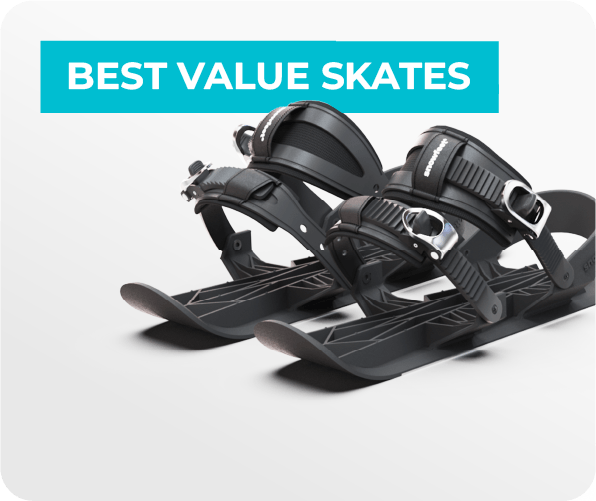


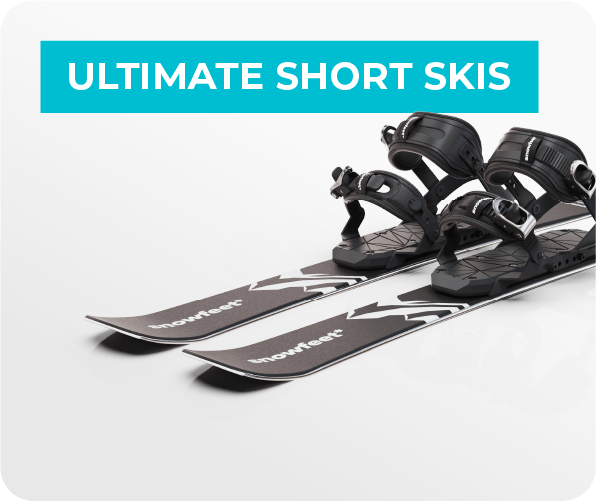


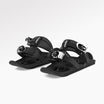
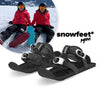

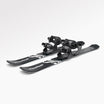




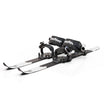

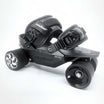

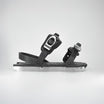

















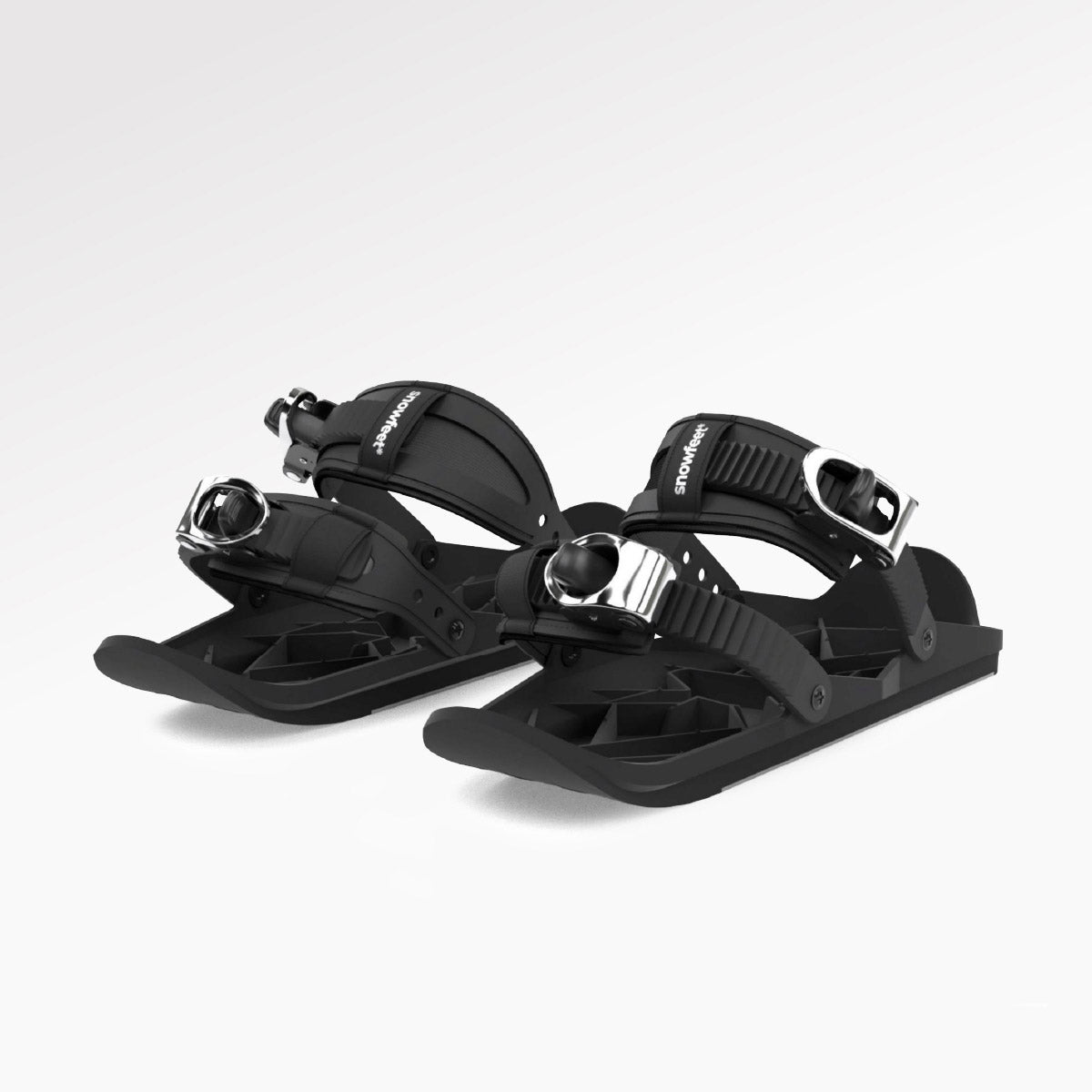
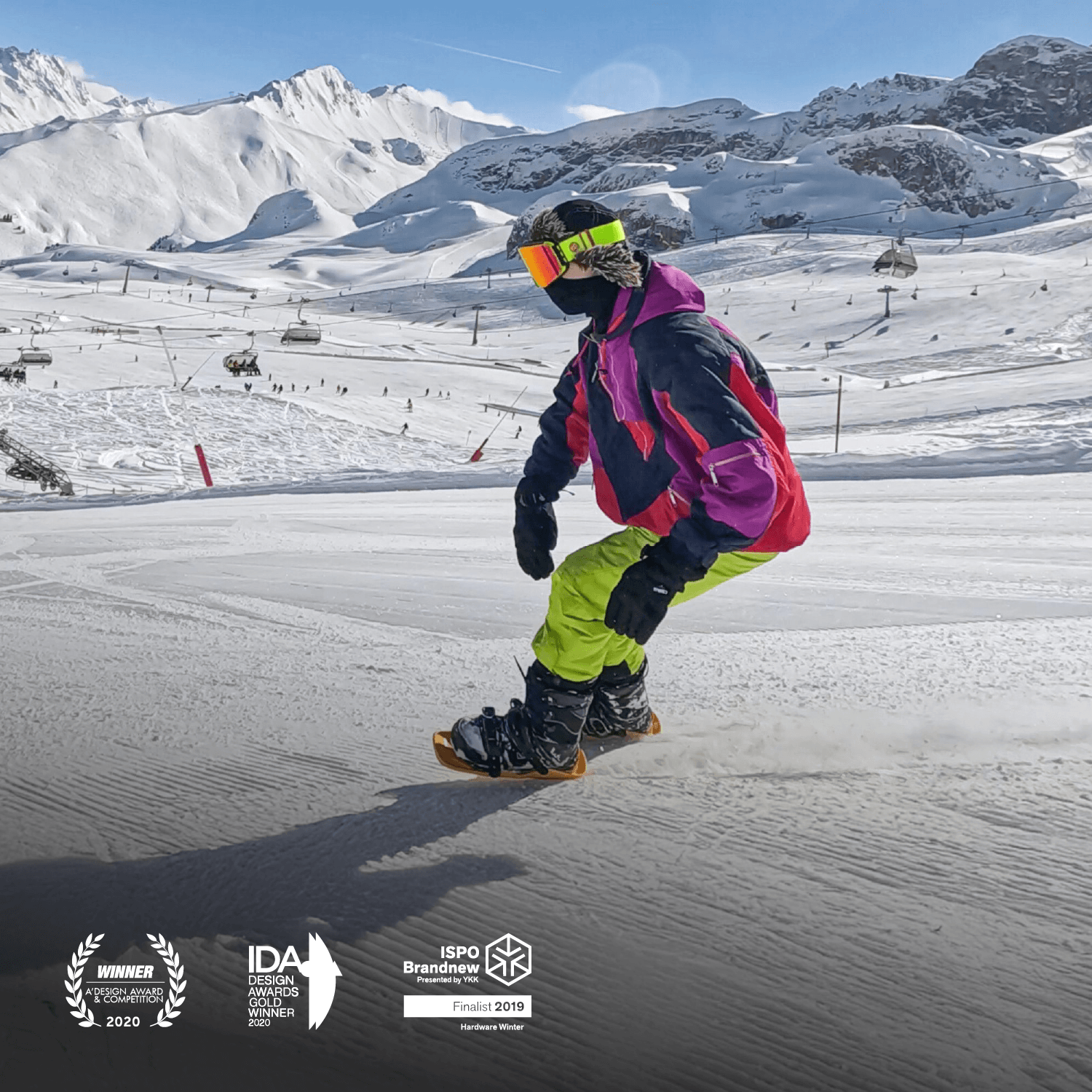
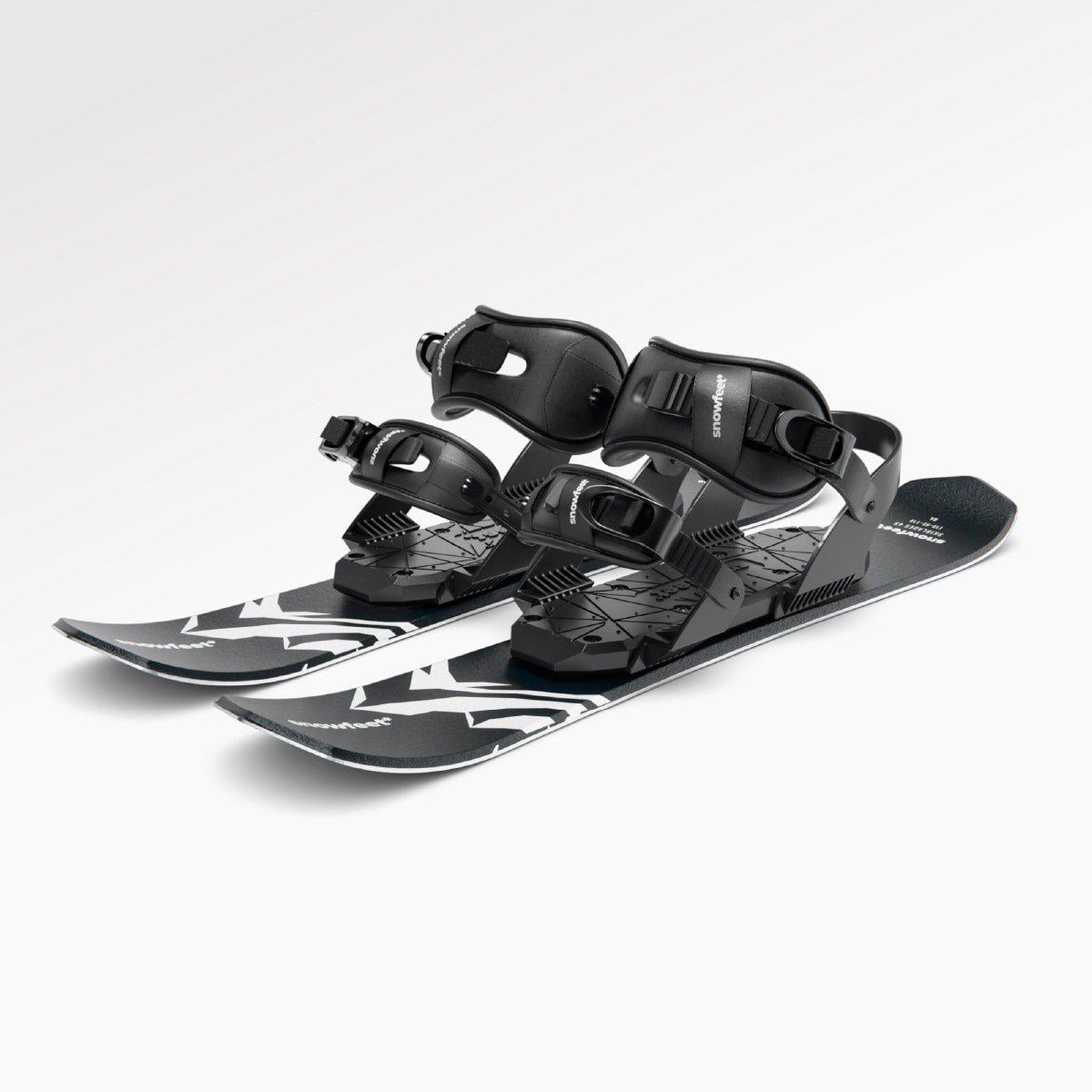



Zanechte komentář
Tento web je chráněn službou hCaptcha a vztahují se na něj Zásady ochrany osobních údajů a Podmínky služby společnosti hCaptcha.